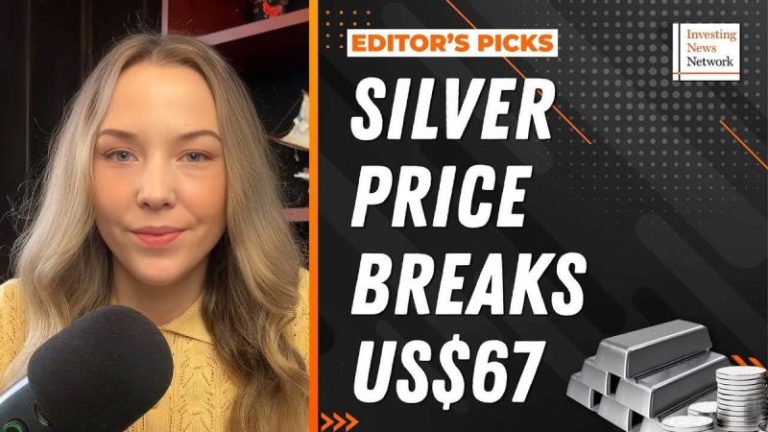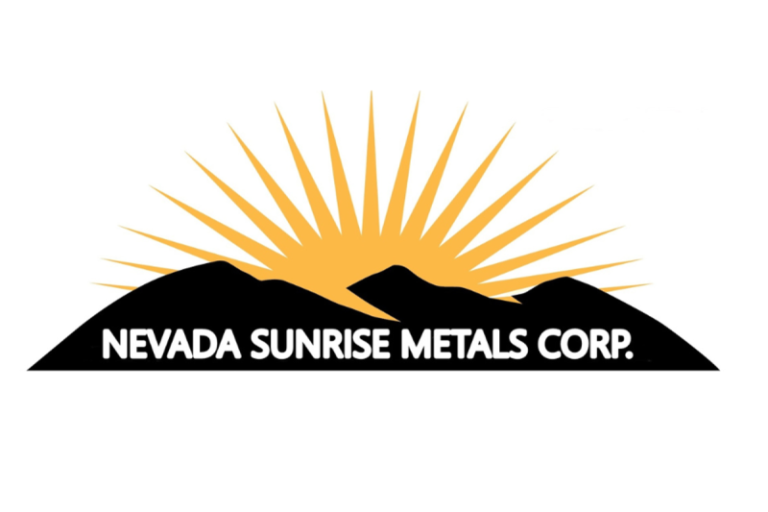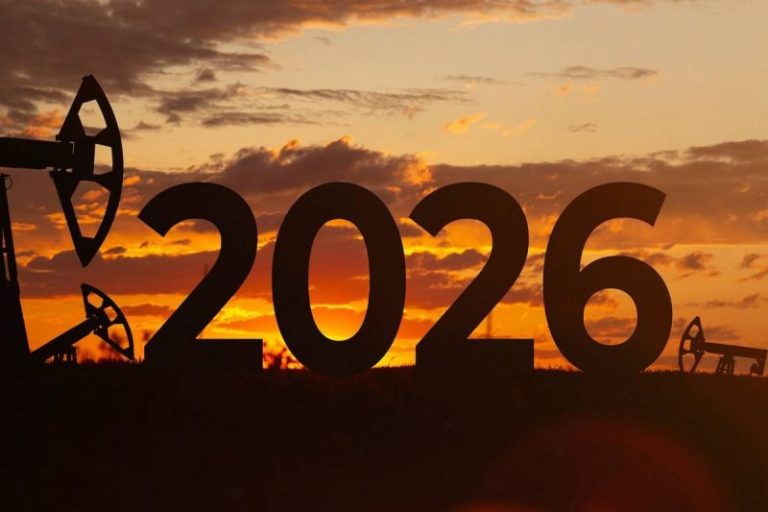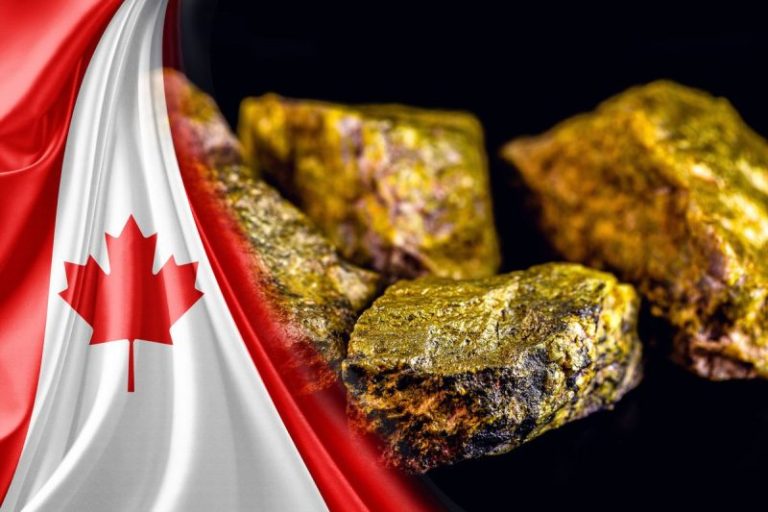The uranium market moved through 2025 with less drama than the previous year, but the quieter tone masked a sector still tightening beneath the surface.
After 2024’s surge to two-decade highs, in 2025, U3O8 prices traded in a narrower US$20 range in 2025, slipping to a low of US$63.71 in March before climbing back toward the mid-US$80s by late September.
In December, spot prices had settled near US$75, a level that has acted as a floor since late summer.
Despite the muted price action, uranium’s underlying drivers strengthened. Long-term demand projections, renewed government backing for nuclear power and rising concerns over supply security all helped support the market.
Investor appetite also played a defining role. Continued buying from the Sprott Physical Uranium Trust (SPUT) (TSX:U.U,OTCQX:SRUUF) and retail investors added steady pressure to the spot market, absorbing millions of pounds of material and lifting prices above where utility demand alone would have placed them.
While true supply shortages did not materialize in 2025, production interruptions and operational uncertainties at major mines made sellers more cautious and prompted utilities to top up inventories more aggressively. The result was a market that remained fundamentally tight, while uranium equities continued to outperform on the strength of a durable, long-term bull thesis.
Against this backdrop, we profile the five best-performing Canadian uranium stocks by share price performance below.
All data was obtained on December 15, 2025, using TradingView’s stock screener. Uranium companies on the TSX, TSXV and CSE with market caps above C$10 million at that time were considered. Read on to learn about the top Canadian uranium stocks in 2025, including what factors have been moving their share prices.
1. North Shore Uranium (TSXV:NSU)
Year-to-date gain: 637.5 percent
Market cap: C$22.17 million
Share price: C$0.295
North Shore Uranium is an exploration company focused on advancing uranium assets in established North American districts. Its core projects include the Falcon and West Bear properties along the eastern margin of Saskatchewan’s Athabasca Basin in Canada, complemented by a growing presence in the Grants uranium district of New Mexico, US.
The company is also evaluating additional exploration opportunities in the United States and Canada as it builds a diversified uranium project portfolio.
In June, North Shore penned a binding term sheet to acquire an up to 87.5 percent interest in the Rio Puerco uranium project in Northwest New Mexico from Resurrection Mining. The project hosts a historical inferred mineral resource estimate, released in 2009, of approximately 11.4 million pounds of U3O8 from 6 million metric tons of ore grading 0.09 percent U3O8 equivalent.
Subsequently, on August 28, the company officially entered into a definitive option agreement for the acquisition and closed a C$1.4 million private placement. On September 11, the company announced it staked 27 additional mining claims at the Rio Puerco project, bolstering its holdings in the area to 64 adjoining Bureau of Land Management claims.
As for its projects in Canada, in an October press release North Shore announced the completion of a prospecting program at its Falcon property, during which crews evaluated 18 priority targets for surface expression and anomalous radioactivity, collecting samples to support further exploration.
Later in the month, North Shore fulfilled its final earn-in requirement at the West Bear property, issuing C$50,000 shares to Gem Oil to secure the right to acquire a 75 percent interest in the project.
Shares of North Shore Uranium rose to a year-to-date high of C$0.29 on December 15, a few days after the company launched a C$3 million private placement on December 11.
Looking ahead, the company is planning a drill program at the Rio Puerco uranium project during H1 2026.
2. Energy Fuels (TSX:EFR)
Year-to-date gain: 156.12 percent
Market cap: C$4.76 billion
Share price: C$19.26
US-based uranium producer Energy Fuels has a large portfolio of conventional and in-situ recovery (ISR) projects across the Western US, including Pinyon Plain in Arizona, a top national producer.
Additionally, Energy Fuels owns and operates the White Mesa mill, the only fully licensed and operating conventional uranium mill in the US. The company is progressing heavy rare earth oxide processing at the plant as well.
Company shares reached a year-to-date high of C$36.84 on October 14, 11 days after Energy Fuels closed its US$700 million offering of 0.75 percent convertible senior notes due 2031, which was upsized after initial purchasers exercised their option to purchase a further US$100 million in notes.
In a Q3 report released on November 3, the company underscored a rise in uranium sales, as its low-cost US production continued to outperform, putting the miner on track to exceed its 2025 guidance.
The firm also advanced its rare earth ambitions, producing 29 kilograms of dysprosium oxide in pilot runs through September, with terbium oxide next in line.
The October US$700 million convertible note offering strengthened the balance sheet, lifting working capital to nearly US$1 billion and raising the effective conversion price to US$30.70 per share.
3. Stallion Uranium (TSXV:STUD)
Year-to-date gain: 150 percent
Market cap: C$49.57 million
Share price: C$0.375
Uranium junior Stallion Uranium holds a 2,870 square kilometer land package on the western side of the Athabasca Basin, in Saskatchewan, Canada, including a joint venture with Atha Energy (TSXV:SASK,OTCQB:SASKF) for the largest contiguous project in the region. The company’s primary focus is the Coyote target at the Moonlite project.
Stallion’s share price shot upward on July 8 after the company announced a technology data acquisition agreement for Matchstick TI, an intelligent geological target identification platform with 77 percent accuracy. Stallion plans to use the technology to enhance its exploration efforts. It closed the acquisition on November 12.
In early September, Stallion Uranium closed the final tranche of a non-brokered private placement, raising gross proceeds of C$10.49 million. The financing included 22.3 million non-flow-through units and 30.1 million flow-through units, both priced at $0.20 per unit.
Stallion’s shares registered a year-to-date high of C$0.51 on September 16.
According to an October statement, Stallion planned to start a high-resolution ground time domain electromagnetic survey on Coyote on November 1, but it has not yet released a further update on the survey.
The company announced a further private placement on December 12, this one consisting of flow-through shares for gross proceeds of C$4.55 million at a price of C$0.45 per share.
4. District Metals (TSXV:DMX)
Year-to-date gains: 139.51 percent
Market cap: C$165.24 million
Share price: C$0.97
District Metals is an energy metals and polymetallic explorer and developer with a portfolio of seven assets in Sweden, including four uranium projects: Viken, Ardnasvarre, Sågtjärn and Nianfors. Currently, District is focused on its Viken uranium-vanadium project, which it says hosts the world’s largest undeveloped uranium deposit.
Shares began trending upwards in mid-May following news of a fully subscribed C$6 million private placement.
District spent 2025 advancing its four uranium projects through a series of targeted surveys. A helicopter-borne mobile magnetotellurics (MobileMT) program wrapped up at the flagship Viken property in June, followed by drone-based radiometric and magnetic surveys at Ardnasvarre, Sågtjärn and Nianfors in July.
Early September results at Sågtjärn and Nianfors were strong enough for the company to seek expanded licenses. Later that month, new MobileMT data from Viken revealed large low-resistivity anomalies both within and beyond the known deposit footprint, pointing to potential for additional uranium deposits.
Shares of District rallied to a year-to-date high of C$1.53 on October 15, the day the company released the results of its radiometric and magnetic survey at the Ardnasvarre property, which identified strong and large anomalies associated with uranium polymetallic occurrences.
District also reported fresh momentum at its alum shale properties after completing airborne MobileMT surveys across the Österkälen, Tåsjö and Malgomaj licenses this summer.
The first batch of results, released in late October, outlined a significant new geophysical anomaly at its wholly owned Österkälen license. District has already applied for an adjacent mineral license to capture the anomaly’s northwestern extension. The Österkälen area lies roughly 100 kilometers northeast of the company’s flagship Viken property.
In subsequent announcements, District reported the discovery of high priority targets at the Tåsjö alum shale property, and of large, robust targets at the Malgomaj alum shale property, both of which led the company to file applications for adjacent mineral licenses.
In early November, District Metals welcomed a landmark decision in Sweden when Parliament voted to repeal the country’s 2018 moratorium on uranium exploration and mining.
The new legislation, set to take effect January 1, 2026, opens the door for renewed development in a nation that holds roughly 27 percent of Europe’s known uranium resources.
5. Purepoint Uranium (TSXV:PTU)
Year-to-date gain: 113.64 percent
Market cap: C$38.01 million
Share price: C$0.47
Exploration company Purepoint Uranium has an extensive uranium portfolio including six joint ventures and five wholly owned projects, all located in Saskatchewan’s Athabasca Basin.
In January, Purepoint strengthened its relationship with IsoEnergy (TSX:ISO,NYSEAMERICAN:ISOU) when the latter exercised its put option under the framework of a previously announced joint-venture agreement, transferring 10 percent of its stake to Purepoint in exchange for 4 million shares. The now 50/50 joint venture will explore 10 uranium projects across 98,000 hectares in the Athabasca Basin, including the Dorado project.
As for Q3, the company closed the final tranche of a C$6 million private placement on September 5.
Later in the month, Purepoint released partial assay results from the Dorado project for one hole from its 11 hole drill program. The drill hole returned the most significant intervals to date, according to the company, with one interval of 2.1 meters grading 1.6 percent U3O8, including 0.4 meters at 8.1 percent, as well as another interval of 4.9 meters at 0.52 percent. The company has since dubbed this the Nova discovery
Purepoint ended September by launching its inaugural drill program at the Tabbernor project, located on the southeastern edge of the basin. The program, which concluded in November, targeted a 60 kilometer long corridor of graphitic conductors with five first-pass diamond drill holes. The Tabbernor findings will be combined with the company’s ongoing regional interpretation work to prioritize next targets.
Shares of Purepoint registered a year-to-date high of C$0.80 on October 14 as uranium prices rose.
In early December, Purepoint and IsoEnergy approved an expanded 2026 exploration program at the Dorado project following the previously released strong drill results, which Purepoint said confirm ‘a steeply dipping, uranium-bearing structure that remains open in all directions.’
The joint venture will prioritize the northeastern extension of the Nova discovery while advancing other high-potential zones across Dorado.
FAQs for investing in uranium
What is uranium used for?
Uranium is primarily used for the production of nuclear energy, a form of clean energy created in nuclear power plants. In fact, 99 percent of uranium is used for this purpose. As of 2022, there were 439 active nuclear reactors, as per the International Atomic Energy Agency. In 2023, 9 percent of US power came from nuclear energy.
The commodity is also used in the defense industry as a component of nuclear weaponry, among other uses. However, there are safeguards in effect to keep this to a minimum. To create weapons-grade uranium, the material has to be enriched significantly — above 90 percent — to the point that to achieve just 5.6 kilograms of weapons-grade uranium, it would require 1 metric ton of uranium pre-enrichment.
Because of this necessity, uranium enrichment facilities are closely monitored under international agreements. Uranium used for nuclear power production only needs to be enriched to 5 percent; nuclear enrichment facilities need special licenses to enrich above that point for uses such as research at 20 percent enrichment.
The metal is also used in the medical field for applications such as transmission electron microscopy. Before uranium was discovered to be radioactive, it was used to impart a yellow color to ceramic glazes and glass.
Where is uranium found?
The country with the greatest uranium reserves by far is Australia — the island nation holds 28 percent of the world’s uranium reserves. Rounding out the top three are Kazakhstan with 15 percent and Canada with 9 percent.
Although Australia has the highest reserves, it holds uranium as a low priority and is only fourth overall for production. All its uranium output is exported, with none used for domestic nuclear energy production.
Kazakhstan is the world’s largest producer of the metal, with production of 21,227 metric tons in 2022. The country’s national uranium company, Kazatomprom, is the world’s largest producer.
Canada’s uranium reserves are found primarily in its Athabasca Basin, and the region is a top producer of the metal as well.
Why should I buy uranium stocks?
Investors should always do their own due diligence when looking at any commodity so that they can decide whether it fits into their investment plans. With that being said, many experts are convinced that uranium has entered into a significant bull market, meaning that uranium stocks could be a good buy.
A slew of factors have led to this bull market. Discourse has been building around the metal’s use as a source of clean energy, which is important for countries looking to reach climate goals, and interest in nuclear power to fuel artificial intelligence energy demand has increased significantly as well.
Nations are now prioritizing a mix of clean energies such as solar and wind energy alongside nuclear. Significantly, in August 2022, Japan announced it is looking into restarting its idled nuclear power plants and commissioning new ones.
Uranium prices are very important to uranium miners, and levels had not been high enough for production to be economic. However, prices have climbed significantly in recent years, and spiked from US$58 per pound in August 2023 to a high of US$106 per pound in February 2024.
Securities Disclosure: I, Georgia Williams, hold no direct investment interest in any company mentioned in this article.
This post appeared first on investingnews.com










